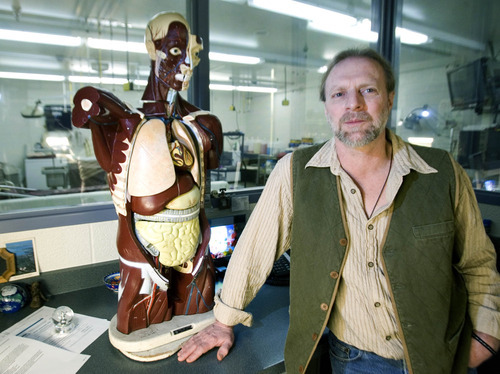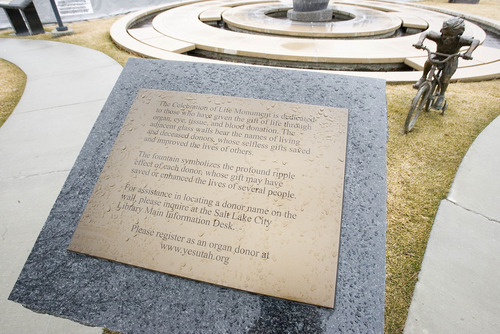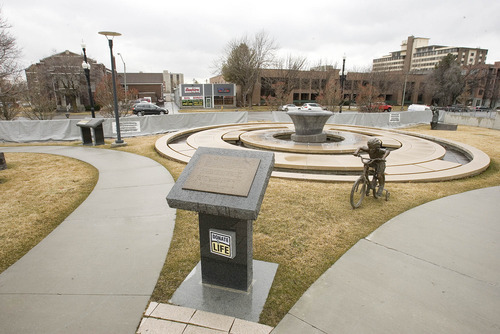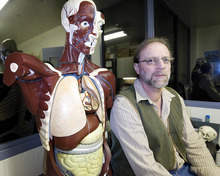This is an archived article that was published on sltrib.com in 2012, and information in the article may be outdated. It is provided only for personal research purposes and may not be reprinted.
Maj J. Sylvester's life was dedicated to leading and educating.
A student body president at Roosevelt High in the 1920s, Sylvester went on to become a decorated debater at Brigham Young University and an instructor for the U.S. Army during World War II.
In 1963, Sylvester's career path led her to Skyline High. It was there that "Mrs. S" spent parts of three decades teaching speech and drama and filling the school's trophy case with debate awards.
"For several years, the only trophies in their trophy case were for forensic debate," said Jan Sylvester, Maj's daughter. "She put a program together that never failed while she was at the helm."
It seemed only fitting that when Maj died two years ago — just one week shy of her 94th birthday — that her legacy of teaching would continue through her donation of her body to science.
Jan fulfilled her mother's wish to have her remains sent to the University of Utah's body donor program, which is part of the school's neurobiology and anatomy department.
The program receives about 175 bodies a year, according to director Kerry Peterson. The donations, Peterson said, provide anatomical material for the ever-growing educational and research needs of medical science.
The body donor program, founded in the 1930s, is one of about 100 nationwide that are affiliated with medical schools. It is the only one of its kind in Utah.
Peterson, who has been the program's director for 28 years, said two-thirds of the bodies received come from within a 50-mile radius of Salt Lake City. But the school has received donations from just about everywhere in the country, with multiple generations of donors coming from single families.
"We've received bodies from just about everywhere, and that's generally for a reason," Peterson said. "It's generally because they got a heart transplant here or their family is here and they wanted to end up in Utah anyway.
"I'm getting sons of people who I received when I first started here. In some cases, I'm getting grandkids of folks who donated before. We have families of 'grandpa was a donor, dad's a donor, I'm a donor, my kids will be donors.' It's the righteous thing to do among some families."
The donations help doctors and scientists continue to advance medical practices and procedures — from artificial knees, hearts and hips to advancements in spinal surgery.
The bodies also have been vital to the development of the Utah Electrode Array, a high-density neuron recording device that can help restore lost sensory and motor functions.
Peterson said the program has also turned out a "well-educated work force of physicians."
"We've had labs where procedures have been learned one day and lives have been saved the next," he said. "You know, you can make an artificial heart, but it's got to fit in the pericardium. Probably before they even started the artificial heart, there was exhaustive research done on a number of bodies on just how big is that pericardial space."
Jan Sylvester said her mother became a donor in 2003 after she attended a ceremony dedicating the Celebration of Life monument on the grounds of the Salt Lake City Main Library. The body of Maj's second husband, John Oliver, was donated after he died.
"I thought it was great," Jan said of her mother's decision. "People don't realize what they can learn from the cadavers. The whole program is incredible. At the dedication, we heard amazing stories about people and their families — both the recipients and the donors. It's a moving experience."
Bodies for science
The University of Utah's body donor program receives about 175 bodies a year, up from about 40 per year three decades ago.
Kerry Peterson, the program's director, said donors are vital to medical advancements — from surgeries and procedures to the creation of artificial organs and limbs.
Organ and body donors are honored at the Celebration of Life monument, located on the grounds of the Salt Lake City Main Library.









